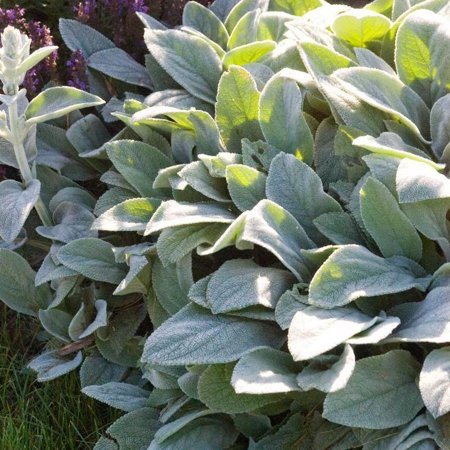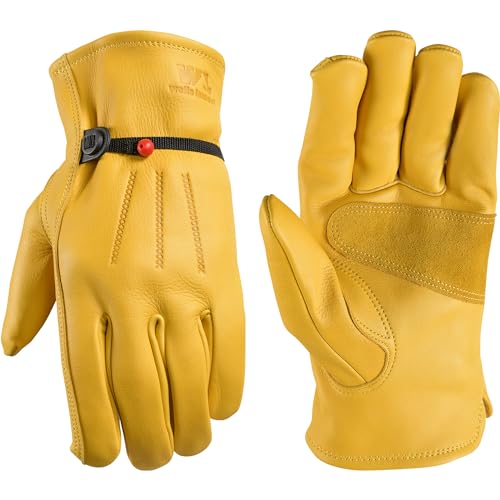I gardened in the sun-drenched hills of Tuscany – these are the 5 heat-resistant ground covers I swear by for cruel summers
From silver foliage shrubs to drought-proof herbs, these ground covers can withstand punishing heat
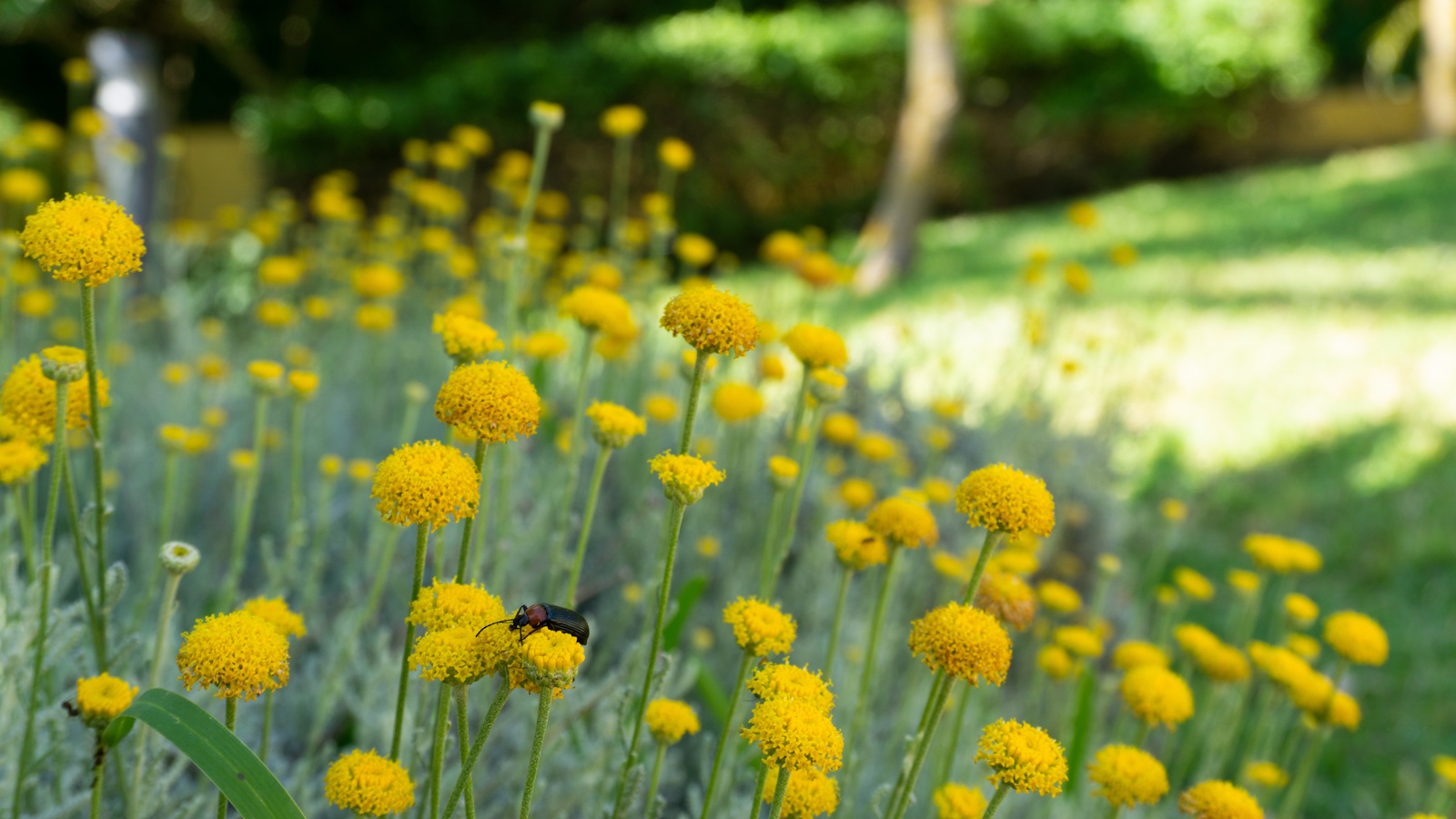

When I worked in Tuscany as a professional gardener, the summers were relentless. Often, it was 100°F (40°C) by mid-morning, not exactly the dream conditions for a little spot of weeding. But one thing that helped ease the pressure was incorporating dependable, heat-resistant ground covers that have evolved to handle the Italian summer without a worry.
Take creeping thyme or prostrate rosemary, for example. Both aromatic, both lovely to look at, but crucially, both unbothered by scorching heat and a lack of rain. No irrigation, no fuss. Just silver-green foliage creeping calmly over gravel, shielding the soil and handling the heat.
So, as many of us now face longer, hotter summers and scorched lawns by July, it makes sense to turn to plants with Mediterranean credentials. The ones that evolved to survive cruel summers, and still look good doing it. Here are five of the best drought-tolerant ground cover plants I’ve used in Tuscany and beyond; plants that earn their keep, conserve water, and keep your garden from looking sad and scorched by midsummer.
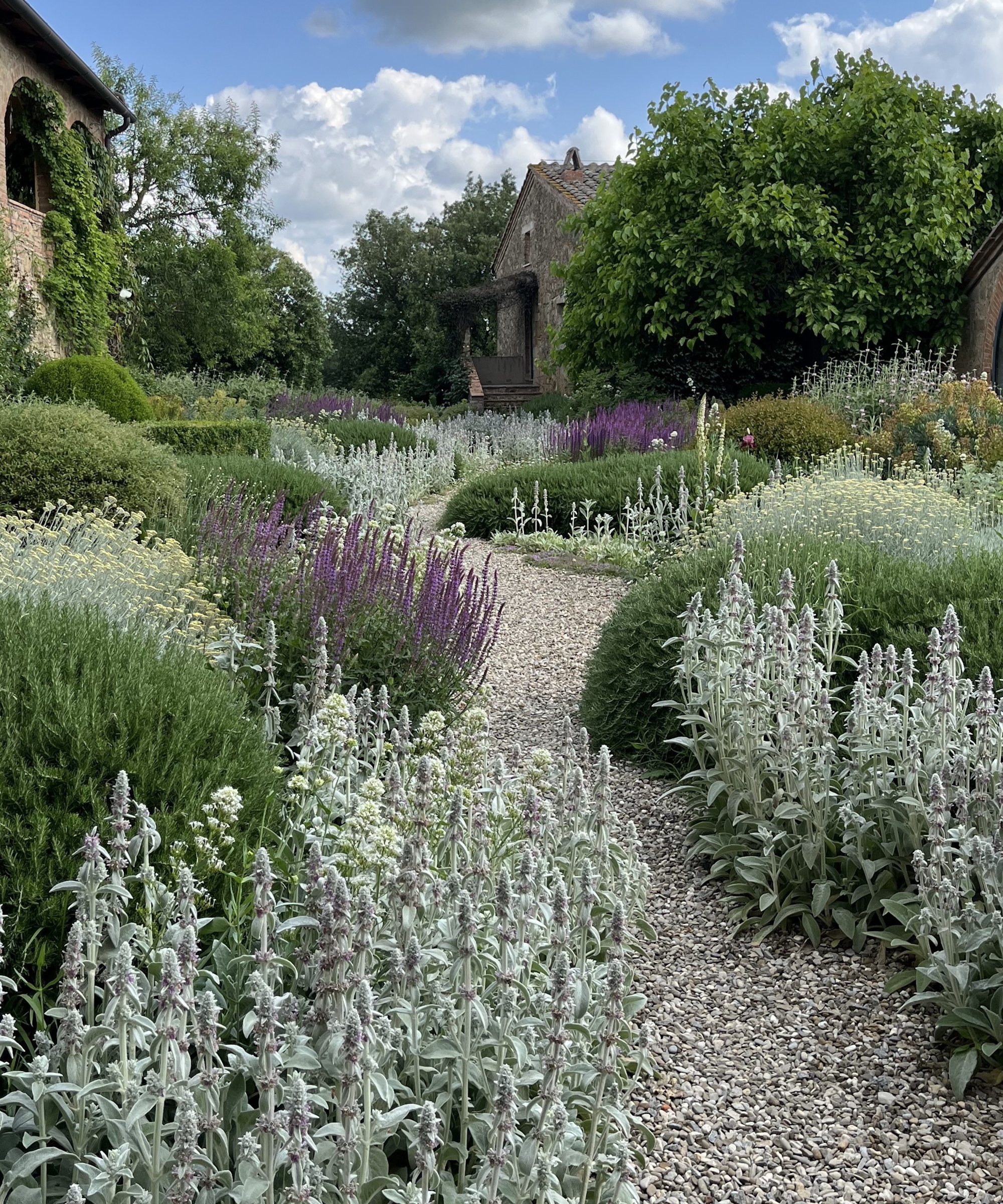
5 tough, heat-resistant ground covers I grew in Tuscany
Planting smart is everything. In recent years, high-maintenance flowers or thirsty ground covers in warm (or even mild) US hardiness zones have struggled with long, dry summers.
So, seeking out low-maintenance drought-tolerant plants, especially those with silver foliage (a natural trait that reflects sunlight and helps plants stay cool), is wise.
Below, I’ve picked five of the very best sun-loving ground covers I’ve grown myself, some of which you can see in the photo above that I took when working near Pienza in southern Tuscany.
1. Lamb's ear
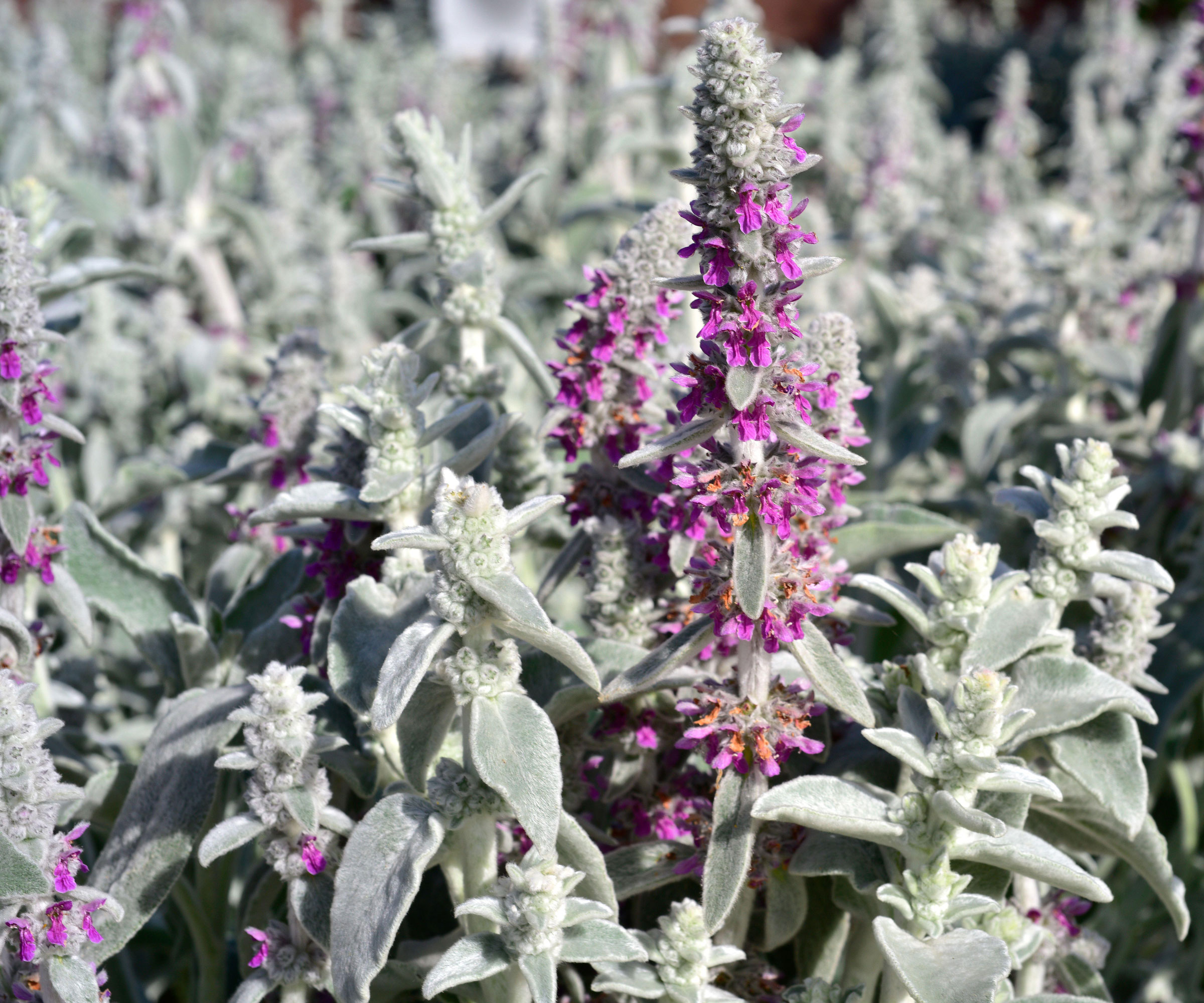
In Tuscany, lamb’s ear grew beautifully in the gravel garden, where it happily crawled along the ground with little care needed, and no additional water or supplemental feed. They really are ground cover plants that thrive on neglect.
Design expertise in your inbox – from inspiring decorating ideas and beautiful celebrity homes to practical gardening advice and shopping round-ups.
In terms of how to grow lamb's ears, or Stachys byzantina, this full sun ground cover plant thrives in sun-drenched yards and can grow in a range of terrains, including poor soil, from zone 4 to zone 10.
Lamb's ear starter plants can be ordered online from Walmart.
And, not only is it one of the best plants with silver foliage that can handle summer heat and drought, but it also produces pink flower spikes during spring, as you can see in the image here.
The pink flowers can quickly turn brown during hot weeks, in my experience, so I would suggest deadheading them to not detract from that nice sea of silvery green foliage that you can enjoy year-round.
Try these Fiskars extendable pruners, available from Amazon, to get the job done.
2. Rosemary
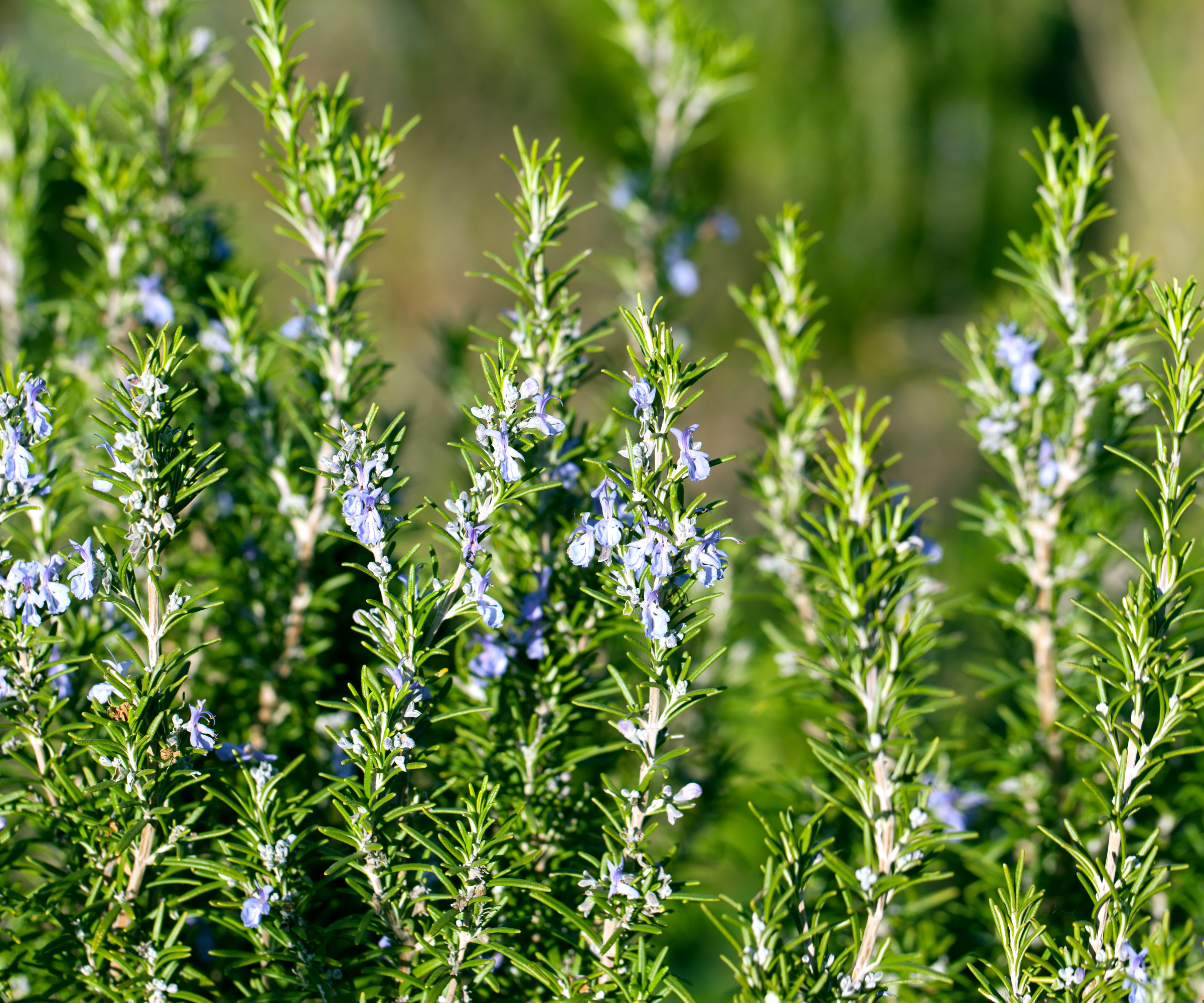
Rosemary needs little introduction, but the prostrate, creeping variety, Rosmarinus officinalis 'Prostratus Group', is particularly good if you are seeking heat-resistant ground covers.
Creeping rosemary live plants can be ordered right now via Amazon.
In terms of how to grow rosemary, this aromatic herb is hardy in zone 8 plus, and thrives in full sun and most soils (although it does not like sitting in waterlogged ground).
With edible evergreen foliage, this is both a plant that offers value in the yard and the kitchen, with a sprig or two being a nice addition for many dishes.
I have found that rosemary is one of the best drought-tolerant shrubs, needing no additional water or protection from the harsh summer sun.
One tip would be to prune your rosemary in spring once flowering has finished, which will help to prevent your herbs from becoming woody or straggly, which can happen over time if they are left alone for too long.
3. Brachyglottis
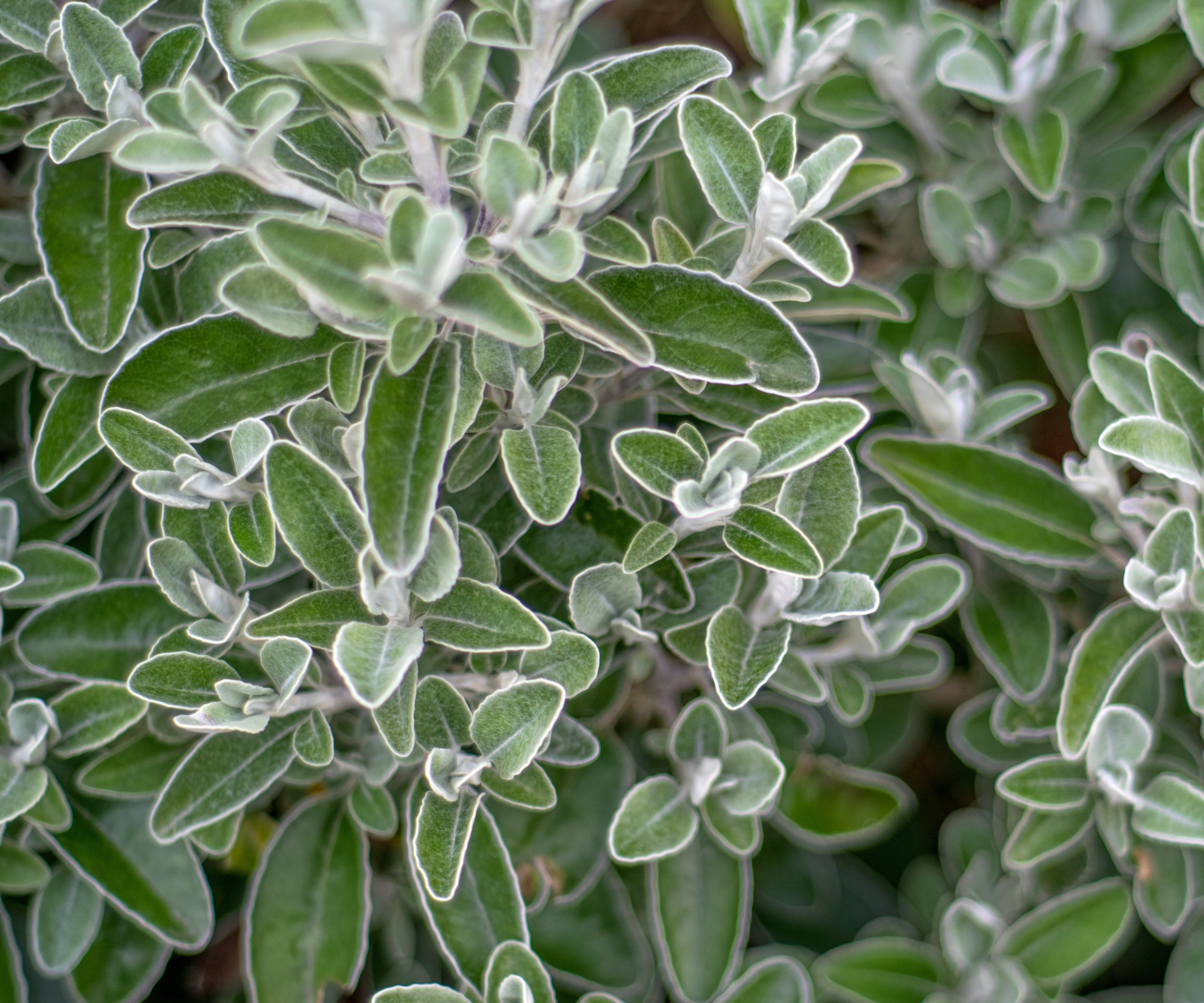
If you want tough-as-old-boots evergreen shrubs that thrive on neglect, try Brachyglottis. Particularly the silver-leaved ‘Sunshine’ variety. I grew this in Italy and loved the contrast: golden daisy-like blooms against soft, silvery foliage, not unlike Artemisia.
They can be grown from US hardiness zone 8 and perform best in full sun. Their mature height is usually around five feet tall, and annual trimming during April or May will keep them in a compact, bushy shape.
In my experience, these are ideal plants if you want drought-tolerant planting ideas that won't get sun-scorched when the mercury peaks.
For another easy shrub with silver foliage, try growing Russian sage, with live plants available from Amazon, which is another low-maintenance option for sunny and dry yards.
4. Sage
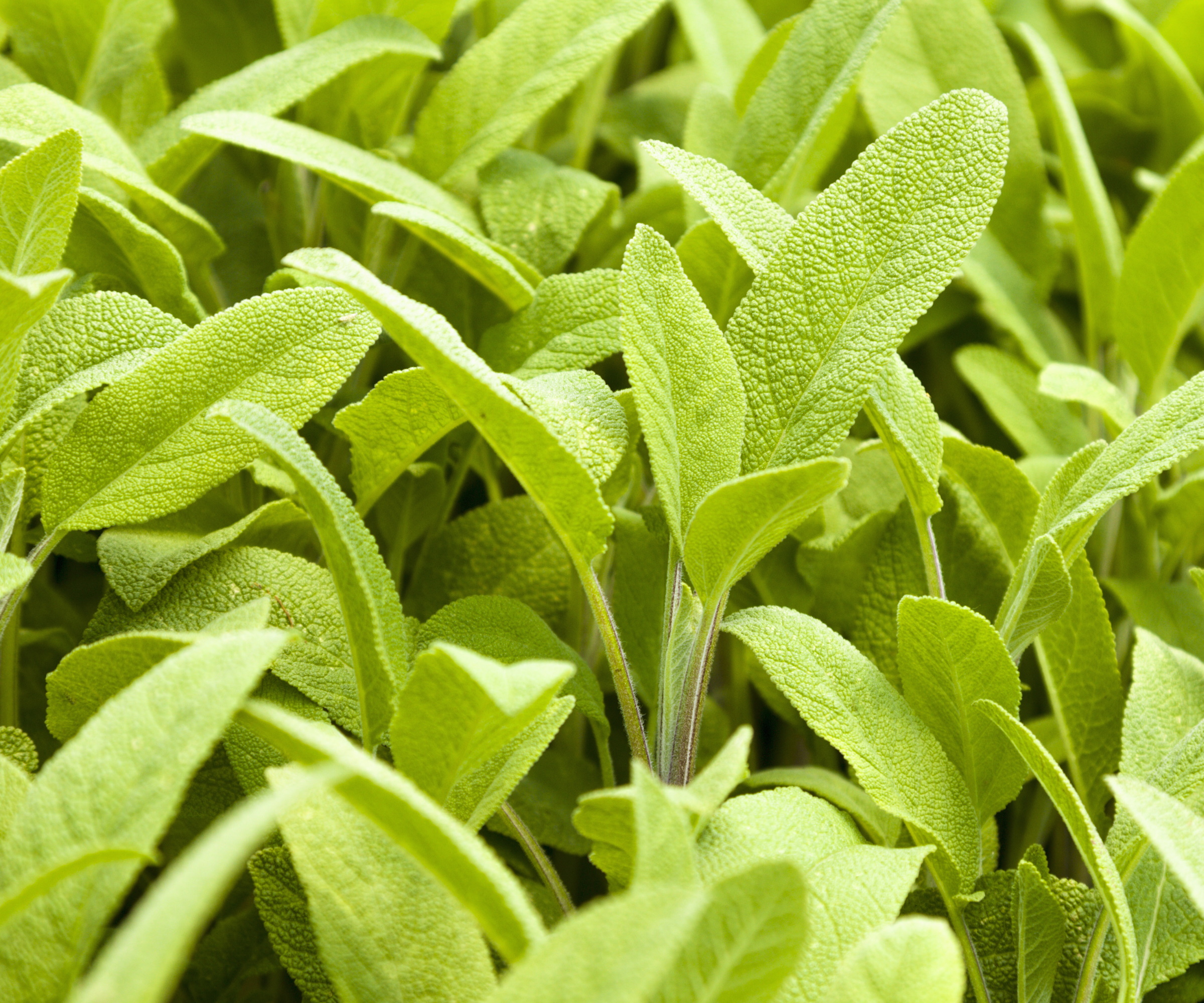
Learning how to grow sage is pretty straightforward, so long as you provide plants with a bright, sunny spot and soil that is free-draining.
Live garden sage starter plants can be bought online at Walmart.
Hardy from zone 4 to zone 10, sage is one of the easiest herbs to grow, both in pots or borders.
During long, hot summers in Tuscany, it thrived and didn't require any supplemental watering or feeding. Truly, one of the best low-maintenance heat-resistant ground covers that doubles as a fragrant filler plant.
Just cut it back in midsummer to stop it from going leggy. To me, sage is a great anchor plant, and its evergreen structure is so valuable in drought-prone Italian gardens or Mediterranean-style gardens.
5. Santolina
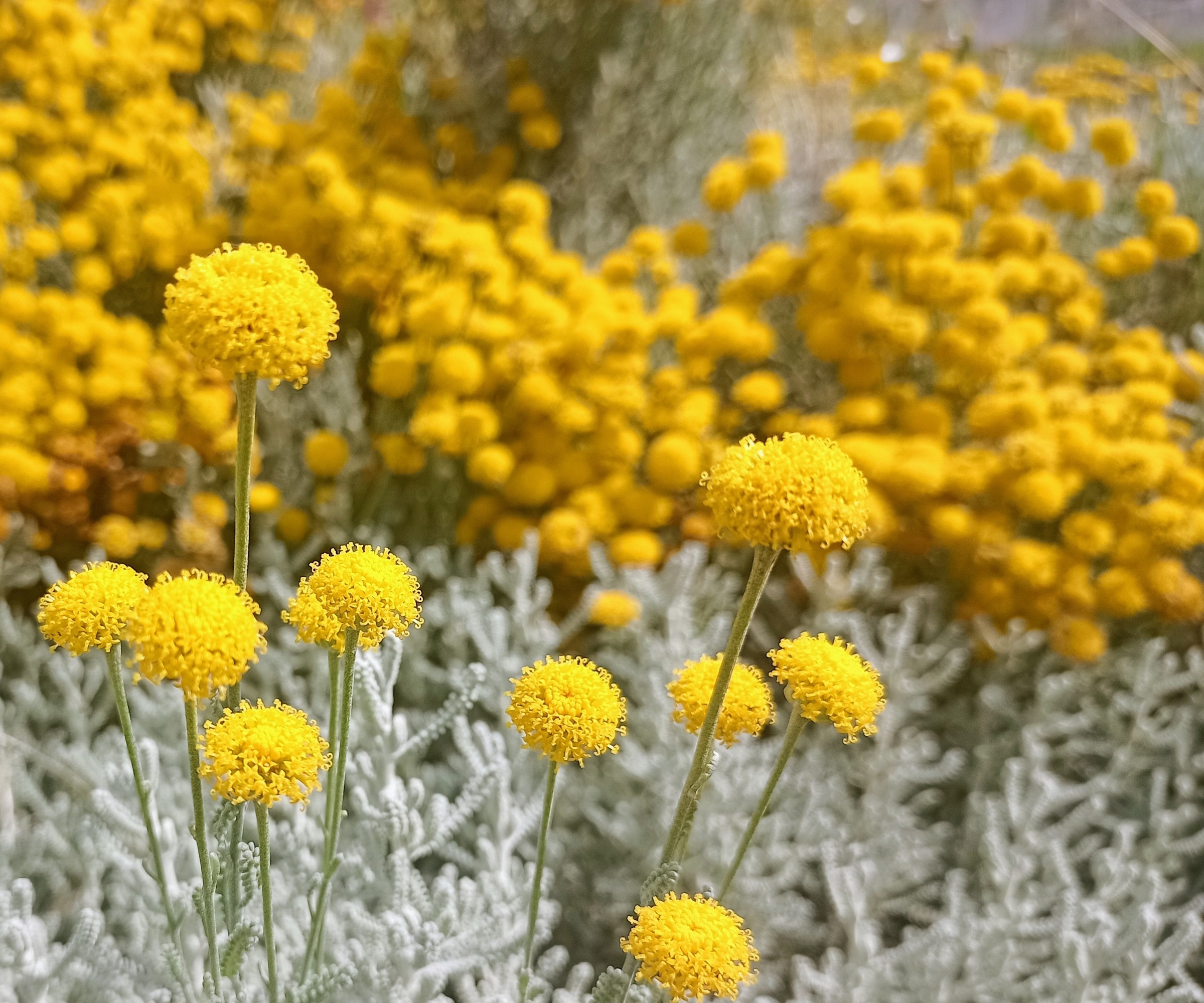
With its silver foliage and golden-yellow flowers, santolina (sometimes referred to as cotton lavender) is a good option for a ground cover that can handle the heat.
I have grown santolina both in Italy and in a sunny gravel garden in London, and on both occasions, it proved itself to be tough and reliable.
These coastal plants are a good option if you reside near the coast and suffer from salt winds.
Santolina is hardy down to zone 6, thriving in full sun and with little water, thanks to its silver-green foliage that helps to limit water loss and reflect some of the sun's rays.
While they are some of the best drought-tolerant flowering perennials, they do require pruning to prevent them from getting leggy. I used to do this once in early spring (avoid cutting into the wood), and then again after flowering in midsummer.
Live santolina plants can be ordered via Amazon.
Whatever heat-resistant ground covers you decide to grow, just be sure to water well during the first year after planting. While these are all species that can handle drought and sun, they will need some care as they settle into your yard.
For more inspiration and ideas for sun-drenched gardens that can handle the heat, read my guide to La Foce, one of the most impressive historic Italian gardens.
Shop planting accessories

Thomas is a Content Editor within the Gardens Team at Homes and Gardens. He has worked as a professional gardener for both public spaces and private estates, specializing in productive gardening, growing food and flowers. Trained in Horticulture at the Garden Museum, he has written on gardening and garden history for various publications, including The English Garden, Gardens Illustrated, Hortus, The London Gardener and Bloom. He has co-authored a Lonely Planet travel book, The Tree Atlas, due out in 2024.
You must confirm your public display name before commenting
Please logout and then login again, you will then be prompted to enter your display name.

